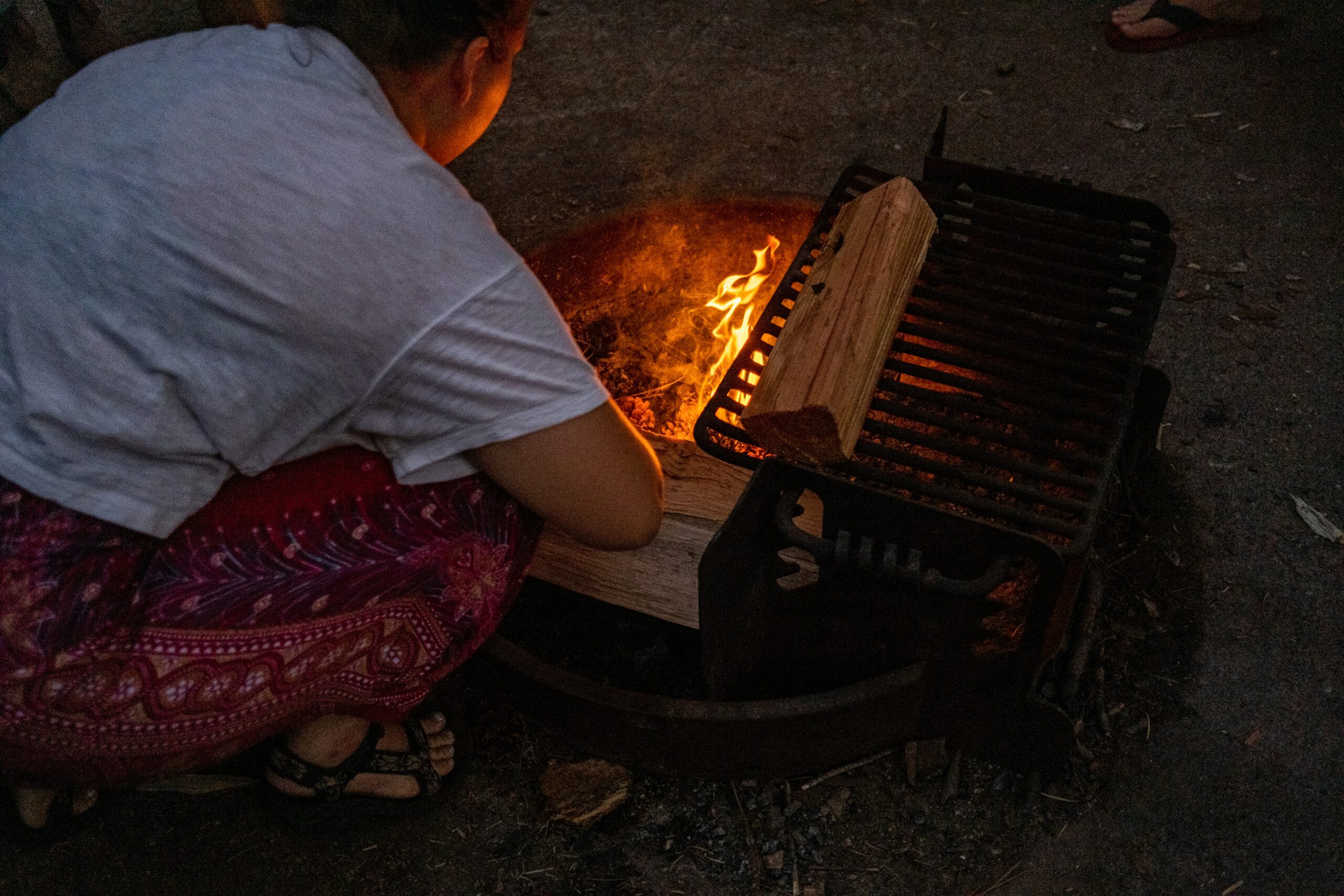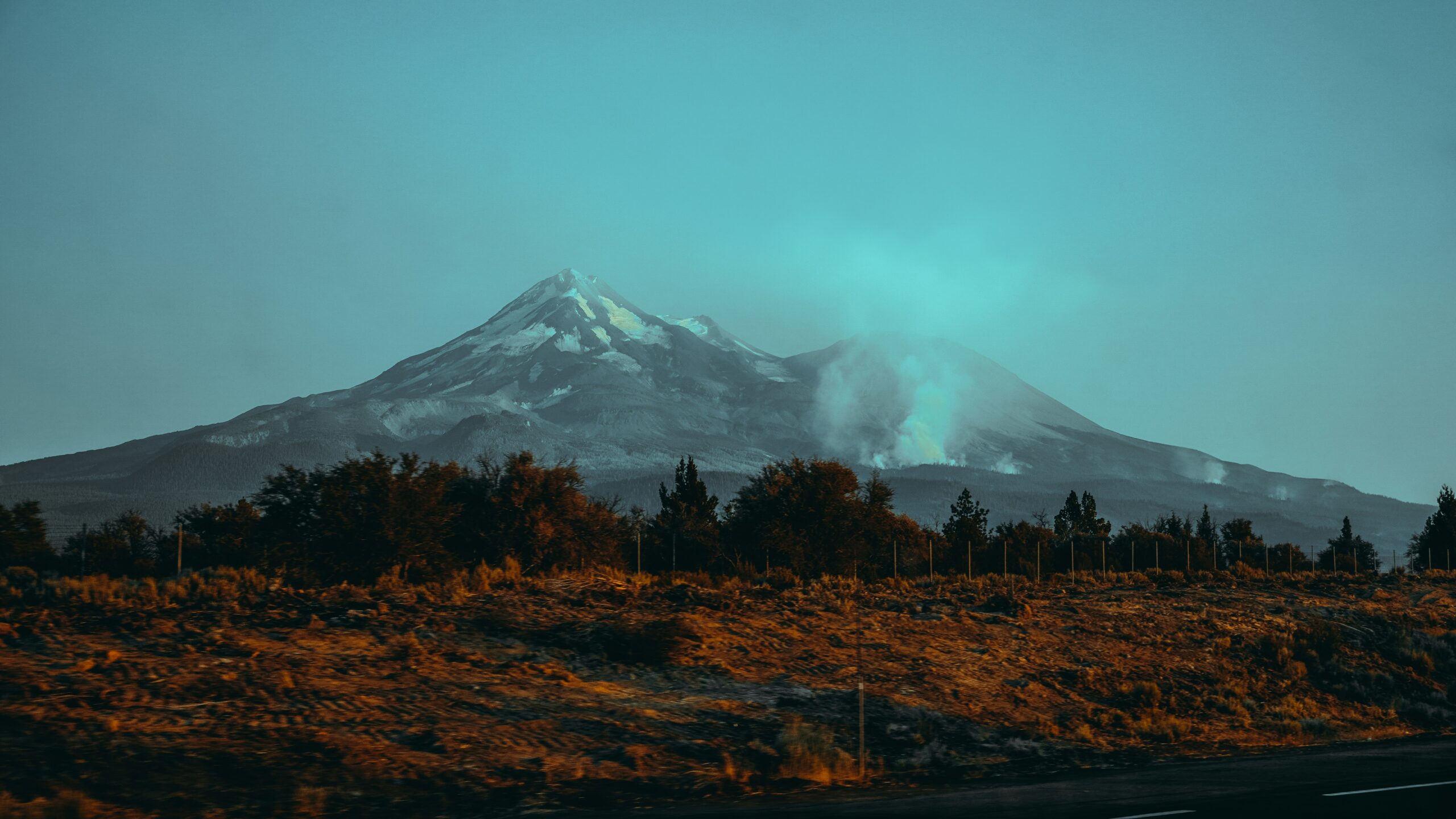If you've ever wondered about the safety of climbing Mount Shasta, you may be curious about the occurrence of fatal accidents on the mountain. Mount Shasta, with its stunning vistas and challenging terrain, is a popular destination for climbers of all skill levels. However, it's natural to wonder about the risks involved in such a daring feat. In this article, we will explore whether there have been any fatal accidents involving climbers on Mount Shasta and provide you with a better understanding of the safety measures in place for those who embark on this adventure.
Overview of Mount Shasta
Geographical location and landscape
Mount Shasta is located in Northern California, in the southern end of the Cascade Range. Standing at an impressive elevation of 14,179 feet (4,322 meters), it is the second highest peak in the range and a prominent landmark in the region. This majestic stratovolcano is known for its conical shape and breathtaking beauty, with its snow-covered peak visible for miles around.
Surrounded by pristine wilderness, Mount Shasta offers a diverse landscape that attracts outdoor enthusiasts from all over the world. From dense forests and alpine meadows to glaciers and picturesque lakes, the mountain offers a unique and awe-inspiring experience for climbers and nature-lovers alike.
Brief history of Mount Shasta
Mount Shasta holds great significance in the history and mythology of indigenous cultures, such as the Native American tribes and the Modoc people. It is considered a sacred site and has been a place of reverence and spiritual significance for centuries.
European settlement in the area began in the mid-19th century, and since then, Mount Shasta has become a popular destination for climbers, hikers, and adventurers. The first recorded ascent of the mountain was in 1854 by a group of prospectors, and since then, countless climbers have been drawn to its challenging slopes and magnificent beauty.
Mount Shasta's significance to climbing enthusiasts
Mount Shasta is renowned as a world-class destination for climbers due to its diverse and challenging terrain. Whether you're an experienced mountaineer or a novice adventurer, the mountain offers a range of routes catering to various skill levels.
Climbers are attracted to the mountain for its solitude, breathtaking vistas, and the exhilaration of reaching the summit. Mount Shasta provides an excellent opportunity for climbers to test their physical and mental strength while immersing themselves in the wonders of nature.
Understanding the Risk Factors on Mount Shasta
The challenging weather conditions
One of the significant risk factors climbers face on Mount Shasta is the unpredictable and harsh weather conditions. Due to its elevation and location, the mountain experiences rapid weather changes, including high winds, extreme cold temperatures, heavy snowfall, and sudden storms. These conditions can create dangerous situations, such as decreased visibility, increased risk of hypothermia, and the potential for snow or ice avalanches.
The hazardous terrains and routes
Mount Shasta presents climbers with a variety of hazardous terrains and routes that require skill, experience, and careful navigation. Steep slopes, loose scree, rockfalls, and crevasses pose significant challenges and can result in accidents if not approached with caution. It is crucial for climbers to be well-prepared, have the necessary skills, and be familiar with the route they plan to take to mitigate these risks.
Potential for avalanches
Mount Shasta's steep slopes and heavy snowfall make it prone to avalanches, particularly during winter and early spring. Climbers must be aware of the potential for snow or ice avalanches and take proper precautions, such as assessing avalanche conditions, carrying essential safety gear, and avoiding areas with high avalanche risk.
Risk of altitude sickness
As climbers ascend to higher elevations, they may experience altitude sickness, a condition caused by the decrease in oxygen levels. Symptoms can range from mild discomfort to severe illness, including headache, nausea, dizziness, and shortness of breath. It is crucial for climbers to acclimatize properly, stay hydrated, and be aware of the signs and symptoms of altitude sickness to ensure their safety.

Recorded Fatal Accidents on Mount Shasta
Statistics on fatal accidents over the years
While Mount Shasta offers incredible experiences for climbers, it also presents inherent risks that have resulted in several fatal accidents over the years. According to records, there have been several documented fatalities associated with climbing Mount Shasta. These accidents have occurred due to various factors, including weather conditions, falls, avalanches, and medical emergencies.
The deadliest accidents on record
Among the recorded fatal accidents, some have stood out as the deadliest on Mount Shasta. These include accidents where climbers have fallen from cliffs, been caught in avalanches, or succumbed to severe weather conditions. These tragic incidents serve as a reminder of the dangers inherent in climbing and emphasize the importance of safety measures and preparedness.
Case Studies of Fatal Accidents
Prominent fatal accident cases on Mount Shasta
Examining specific fatal accident cases on Mount Shasta can provide valuable insights into the causes and preventability of such incidents. These case studies highlight various scenarios, including falls during ascents or descents, avalanches, and medical emergencies. Understanding the circumstances and contributing factors can help climbers take precautionary measures to minimize risks.
Analysis of the causes and preventability of these accidents
By analyzing the causes and preventability of fatal accidents, we can identify common factors that climbers should be cautious of. These may include inadequate preparation, lack of experience or training, poor weather conditions, equipment failure, or medical issues. Learning from these tragedies and implementing preventive measures can help climbers mitigate risks and enhance their safety on Mount Shasta.

Survivor Accounts of Near-Miss Incidents
Experiences of climbers narrowly escaping fatal accidents
Listening to the firsthand experiences of climbers who have narrowly escaped fatal accidents provides valuable insights into the realities and challenges of climbing Mount Shasta. These accounts give a glimpse into the unpredictability of weather, the importance of proper equipment and preparedness, and the emotional and physical toll of such close calls.
Lessons learned from their experiences
Survivor accounts often highlight crucial lessons that climbers can learn from. These lessons may include the importance of thorough planning and preparation, staying informed about changing weather conditions, carrying essential safety gear, and recognizing personal limits. Acknowledging and implementing these lessons can help climbers better understand potential risks and make informed decisions.
Role of Local Authorities in Accident Prevention
Mountain rescue team operations
Local authorities play a crucial role in accident prevention on Mount Shasta through their ongoing efforts in mountain rescue. Comprised of highly skilled and trained professionals, mountain rescue teams are equipped to respond to emergencies, conduct search and rescue operations, and provide aid to climbers in distress. Their dedication and swift action have saved countless lives and continue to contribute to climber safety.
Policy measures aimed at ensuring climber safety
Local authorities implement policy measures to safeguard climbers and promote safety on Mount Shasta. These measures may include permit requirements, restrictions during hazardous weather conditions, and regulations related to equipment and preparation. By establishing guidelines, authorities strive to ensure that climbers are adequately prepared and informed about the risks they may face.
Efforts to educate potential climbers about risks
To enhance climber safety, local authorities prioritize educating potential climbers about the risks associated with ascending Mount Shasta. This includes providing comprehensive information regarding weather patterns, route conditions, necessary equipment, and the importance of physical fitness and experience. These educational efforts empower climbers to make informed decisions and take necessary precautions.

Safety Recommendations for Climbers on Mount Shasta
Best practices for preparing for a climb
To ensure a safe and successful climb on Mount Shasta, it is crucial for climbers to undertake thorough preparation. This includes researching route options, familiarizing themselves with weather conditions, and obtaining the necessary permits. Additionally, physical conditioning, mental preparedness, and acquiring proper mountaineering skills are essential aspects of preparation for a successful and safe climb.
Essential gear and equipment
Climbers must equip themselves with the right gear and equipment to mitigate risks on Mount Shasta. This includes clothing suitable for various weather conditions, footwear with proper traction, helmets, ropes, ice axes, crampons, and avalanche safety equipment. Carrying a well-stocked first aid kit and sufficient food and water is also vital for self-sufficiency during the climb.
Danger signs to lookout for while climbing
Being able to recognize danger signs while climbing is crucial for personal safety on Mount Shasta. Rapidly changing weather, decreasing visibility, unstable snow or ice conditions, excessive fatigue, and signs of altitude sickness should not be ignored. Climbers must be prepared to make informed decisions and be willing to turn back if conditions become unsafe.
The Role of Training and Experience in Accident Prevention
Importance of proper training for mountaineering
Proper training and acquiring mountaineering skills significantly contribute to accident prevention on Mount Shasta. Climbers should enroll in comprehensive mountaineering courses that cover essential skills such as navigation, crevasse rescue, avalanche awareness, and emergency response. Additionally, gaining experience through guided climbs or partnering with experienced climbers can help develop the necessary judgment and proficiency required for safe climbing.
How experience helps in navigating potential hazards
Experience plays a crucial role in navigating potential hazards on Mount Shasta. Experienced climbers develop a keen sense of assessing weather conditions, terrain risks, and understanding their physical limits. Through exposure to various climbing situations, they learn to make sound decisions, recognize danger signs, and adapt accordingly. The combination of training and experience becomes invaluable in preventing accidents.
The Psychological Impact of Fatal Accidents on Surviving Climbers
Dealing with survivor's guilt
Surviving climbers often experience intense emotional trauma, including survivor's guilt, following a fatal accident. They may question their decisions, replay the incident in their minds, and feel guilty for their own survival. Acknowledging and addressing these emotions is crucial for their healing process and the restoration of their mental well-being.
Mental health issues among mountaineers
The toll of fatal accidents and near-miss incidents can have a significant impact on the mental health of mountaineers. Depression, anxiety, and post-traumatic stress disorder (PTSD) are common challenges that climbers may face. Seeking professional counseling and support, fostering a supportive community, and incorporating self-care practices can assist in promoting mental well-being among mountaineers.
Post-traumatic growth in mountaineers
Despite the challenges and psychological impact, mountaineers also have the potential for post-traumatic growth following a fatal accident. Through resilience, introspection, and personal growth, survivors can develop a deeper appreciation for life, a renewed sense of purpose, and stronger connections with others. Sharing their stories and perspectives can inspire others and contribute to the broader mountaineering community.
Future Directions in Enhancing Climber Safety
Trends in safety equipment and technology
Advancements in safety equipment and technology continue to play a pivotal role in enhancing climber safety. Innovations in avalanche safety gear, communication devices, GPS navigation systems, and weather monitoring tools have provided climbers with additional means to assess risks, call for help, and make informed decisions. Staying informed about these advancements and utilizing appropriate tools can further improve safety on Mount Shasta.
Changes in policy and legislation
Policy and legislation changes focusing on climber safety are likely to continue to evolve in the future. Local authorities may adopt stricter regulations surrounding permits, climber capacity limits, and mandatory safety training. Additionally, policies may be implemented to address potential environmental impacts caused by increased climbing activity. Continued collaboration between authorities and climbing organizations will be vital in developing and implementing effective regulations.
Potential improvements in mountain rescue efforts
Mountain rescue efforts are continually evolving to enhance response times, coordination, and effectiveness. Advances in helicopter rescue techniques, communication systems, and the development of highly trained rescue teams contribute to more successful outcomes in emergencies. Local authorities may continue investing resources and training to ensure swift and efficient responses to help those in need on Mount Shasta.
In conclusion, Mount Shasta offers a captivating and challenging experience for climbers. While its beauty entices adventurers from all over, climbers must understand and respect the inherent risks associated with ascending this magnificent peak. By comprehending the challenging weather conditions, hazardous terrains, and potential dangers like avalanches and altitude sickness, climbers can better prepare themselves for a safe and successful climb. Through learning from recorded fatal accidents, survivor accounts, and understanding the role of training and experience, climbers can mitigate risks and enhance their safety on Mount Shasta. Local authorities, through their mountain rescue efforts, policy measures, and educational initiatives, strive to create a safer climbing environment. As climbers equip themselves with the necessary gear, employ best practices, and remain aware of danger signs, they can embark on an unforgettable adventure while ensuring their well-being. The future holds promise for further advancements in climber safety, as technology and policy evolve, ultimately enhancing the overall safety and enjoyment of climbing on Mount Shasta.
